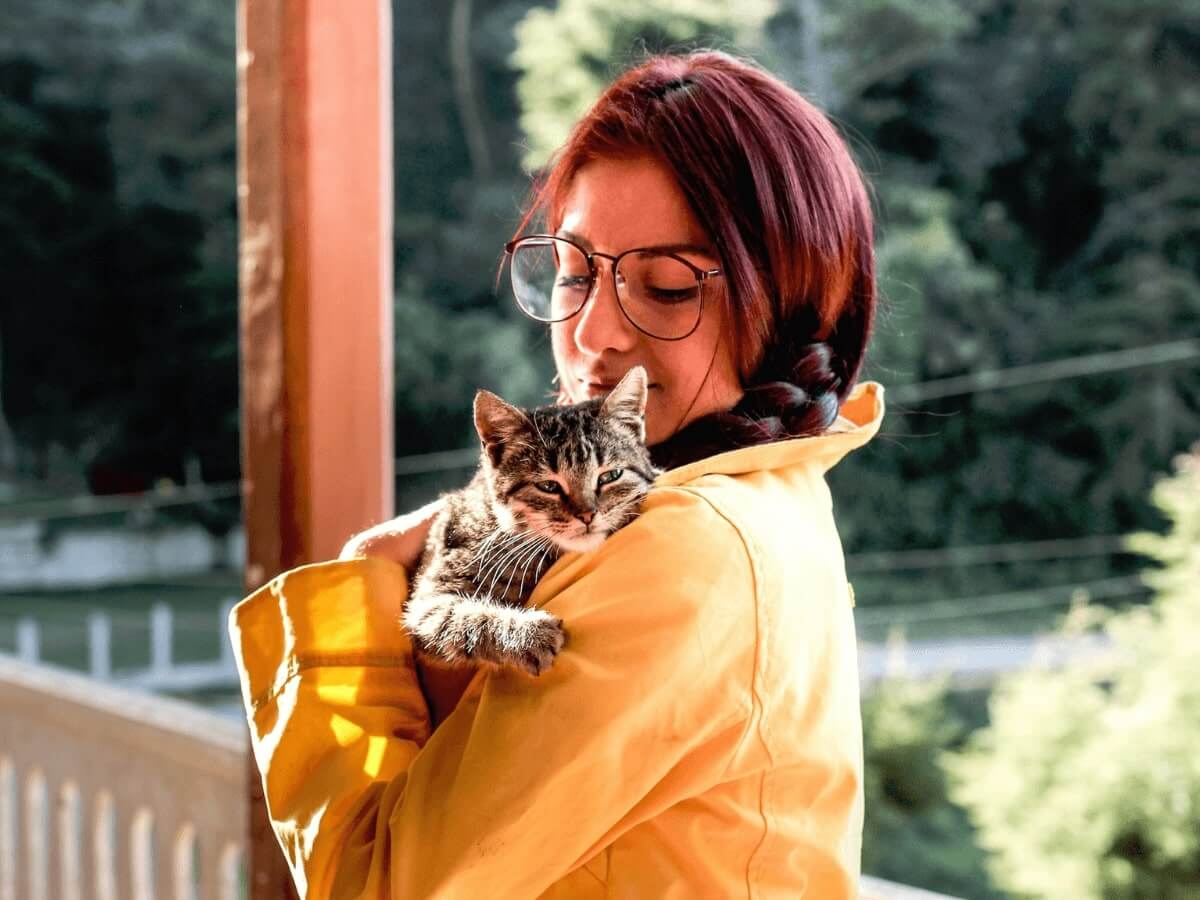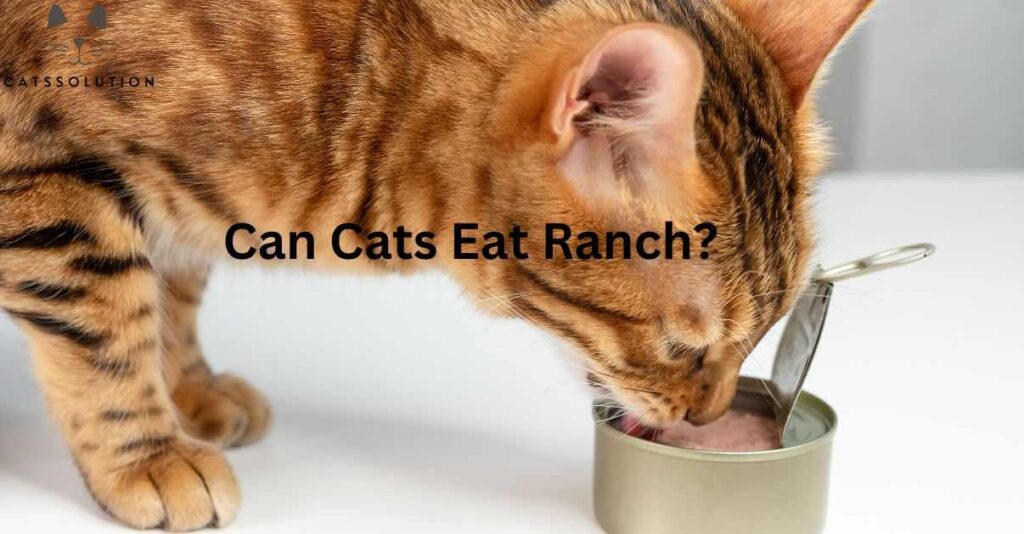Polydactyl cats are fascinating creatures. They have extra toes on their paws. This unique trait raises a fun question: Do they have opposable thumbs? Let’s explore this topic together!
Contents
What is a Polydactyl Cat?
A polydactyl cat is not just any cat. These cats are born with more than five toes on each paw. Most cats have five toes on their front paws and four on their back paws. But polydactyl cats can have six, seven, or even more toes!
Why Do They Have Extra Toes?
The extra toes are due to a genetic mutation. This mutation affects the development of the limbs. It is not harmful; in fact, many polydactyl cats live happy lives. The condition is more common in certain breeds, like the Maine Coon.

Credit: www.lovemeow.com
Do They Have Opposable Thumbs?
Now, let’s answer the big question: Do polydactyl cats have opposable thumbs?
Opposable thumbs allow an animal to grasp objects. Humans and some primates have them. A true opposable thumb can move in a way that allows for gripping. However, polydactyl cats do not have true opposable thumbs.
Understanding Cat Anatomy
Cat paws are designed for different functions. Cats use their paws for walking, running, and climbing. The extra toes help with balance and stability. But they are not structured like human thumbs.
What Makes a Thumb Opposable?
- Ability to move independently.
- Ability to touch the other fingers.
- Ability to grasp objects tightly.
Polydactyl Cats’ Unique Toes
Polydactyl cats may have an extra toe that resembles a thumb. This toe can be on the front paw. It does not have the same range of motion as a human thumb. Still, it can help them hold onto objects.
How Do They Use Their Extra Toes?
Polydactyl cats can do some amazing things with their extra toes. Here are a few ways they benefit from having more toes:
- Better grip when climbing.
- More balance while walking.
- Ability to catch prey more easily.
The History of Polydactyl Cats
Polydactyl cats have a rich history. They have been around for many years. Sailors often kept them on ships. These cats were thought to bring good luck. Their extra toes helped them catch mice on board.
Famous Polydactyl Cats
One of the most famous polydactyl cats was Ernest Hemingway’s cat. He had many cats with extra toes. Today, you can see these cats at the Hemingway Home in Key West, Florida.
Credit: www.quora.com
Common Myths About Polydactyl Cats
Many myths exist about polydactyl cats. Let’s clear up some of them:
- Myth 1: They are less healthy than normal cats.
- Fact: Polydactyl cats are generally healthy.
- Myth 2: They have a unique personality.
- Fact: Their personality is like any other cat.
Adopting a Polydactyl Cat
If you’re thinking about adopting a polydactyl cat, here are some things to consider:
- They need regular vet check-ups.
- They enjoy playtime and interaction.
- They can adapt to different living environments.
Finding A Polydactyl Cat
Polydactyl cats can be found in shelters. You can also find them through rescue groups. Always choose adoption when possible. These cats need loving homes!
Frequently Asked Questions
Do Polydactyl Cats Really Have Extra Toes?
Yes, polydactyl cats have extra toes, typically ranging from one to three additional digits on their paws.
Can Polydactyl Cats Grip Objects?
Polydactyl cats possess a better grip due to their extra toes, enhancing their ability to hold and manipulate items.
Are Polydactyl Cats More Agile?
Their unique toe structure can improve agility, allowing them to climb and navigate their environment more effectively.
Is Polydactyly Common In Cats?
Polydactyly is relatively rare, occurring in approximately 1 in 1,000 cats, making them quite special.
Conclusion
In conclusion, polydactyl cats are amazing animals. They have extra toes but do not have true opposable thumbs. Their extra toes help them in many ways. If you ever get the chance, consider adopting one!
Thank you for reading! We hope you enjoyed learning about polydactyl cats. If you have any questions, feel free to ask!

Katie Lindsey is a passionate cat lover and founder of Cats Solution, a comprehensive resource for all things feline. With a lifelong love for cats and extensive knowledge in their care and behavior, she provides expert advice and solutions to cat owners. Through her website, Katie fosters a supportive community where cat enthusiasts can find guidance and heartwarming stories. A dedicated advocate for animal welfare, Katie also promotes responsible pet ownership and adoption. Join her on this purr-fect journey celebrating the joy of feline companionship.



